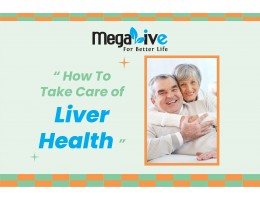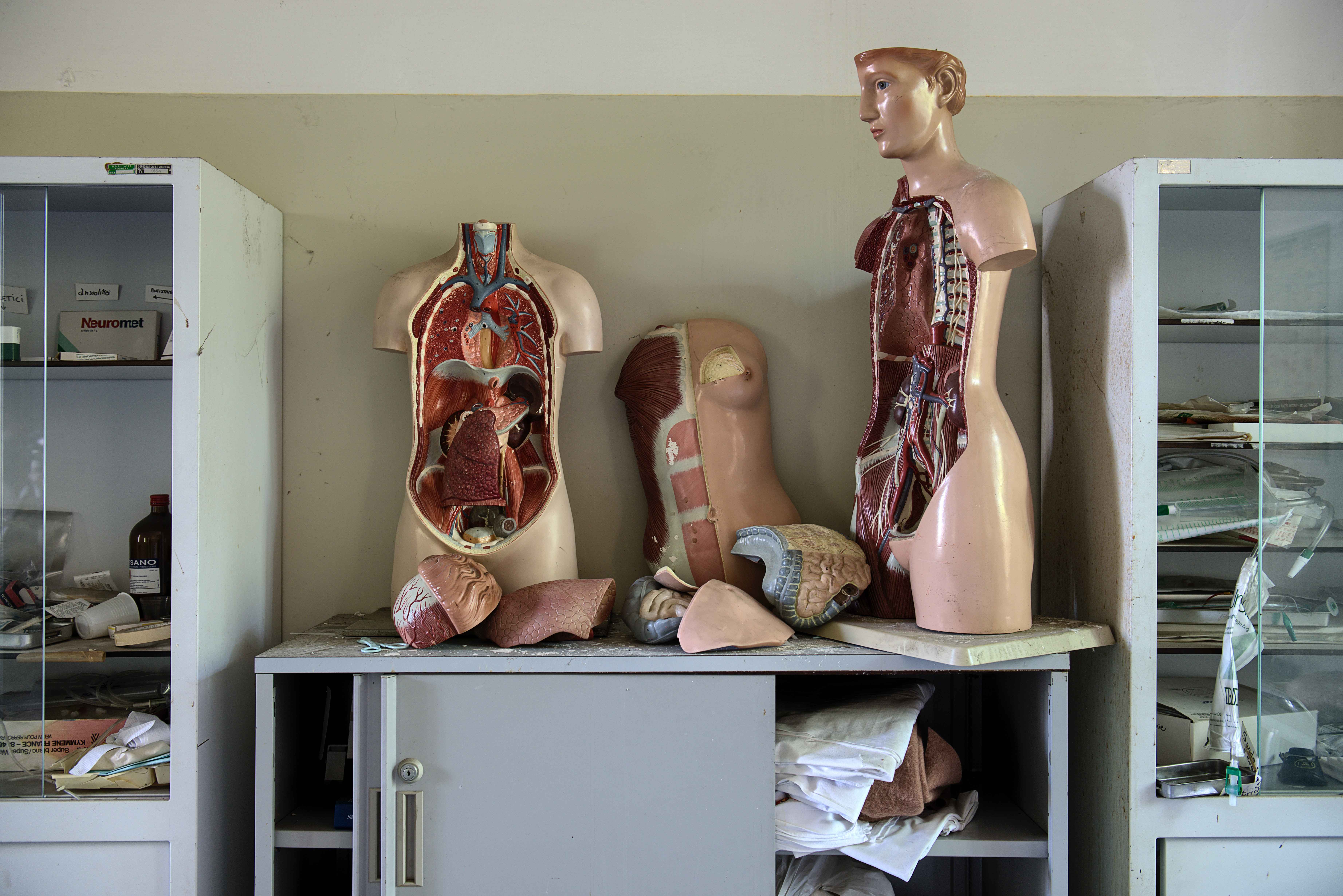MegaLive menyambut baik saranan ini dengan turut sama mempromosikan amalan pemakanan sihat kepada semua.
Suku – suku separuh adalah diet yang merangkumi suku jumlah karbohidrat seperti nasi, mee, bihun, capati, roti dll, suku jumlah protein seperti ayam, ikan, sotong dll dan separuh jumlah sayur – sayuran dan buah – buahan. Pinggan yang dirujuk dalam saranan diet ini adalah pinggan berukuran 10 inci/ 25sm.
Contoh hidangan suku – suku separuh:
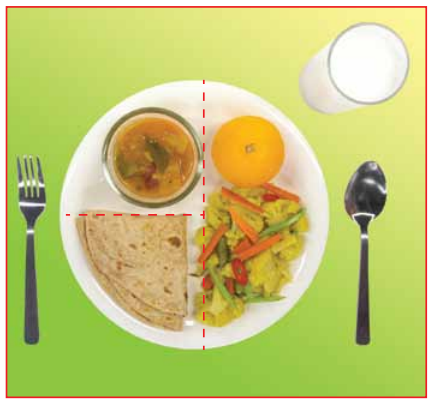
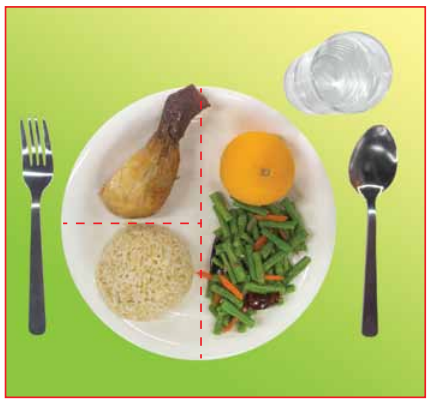
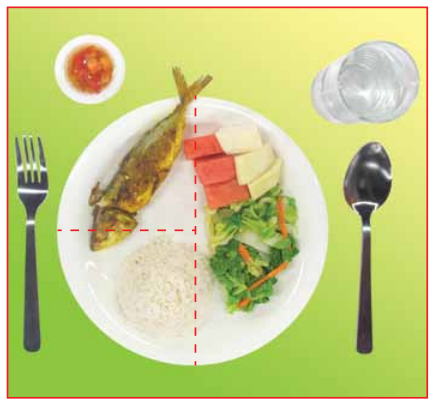
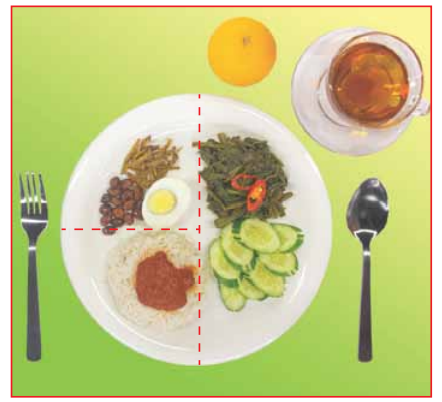
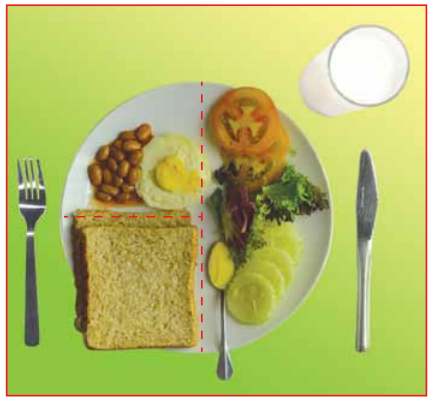
Terdapat 5 mesej utama dalam amalan diet suku – suku separuh.
Mesej Utama 1: Makan 3 Hidangan Utama yang sihat dalam sehari.
Ambil sarapan, makan tengah hari, dan makan malam secara sihat dengan mengikuti konsep suku – suku separuh.
Makan pada waktu yang tetap juga membantu pengawalan porsi/ saiz hidangan makanan. Berikut adalah contoh waktu makan harian.
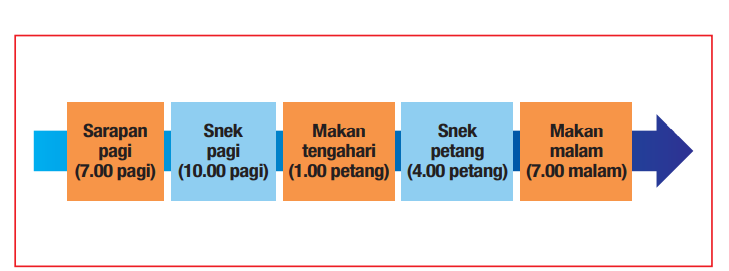
Mesej Utama 2: Makan 1-2 Snek yang Sihat di antara Waktu Makan Jika Perlu
Bagi menggalakan amalan pemakanan secara sihat secara holistik atau sebagai gaya hidup, anda juga digalakkan untuk mengambil snek sihat 1-2 kali/ hari dari sumber buah – buahan, kekacang, dan sayur – sayuran.
Contoh snek sihat yang boleh di ambil 1-2 sajian ialah:
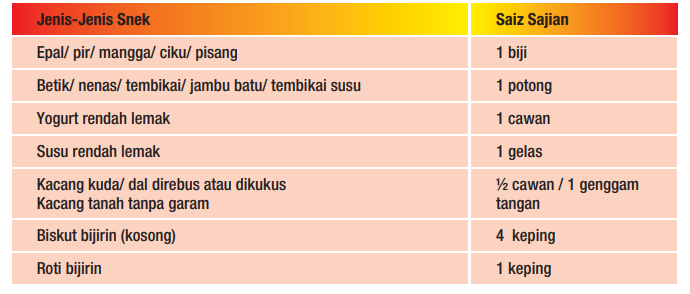
Mesej Utama 3: Makan Sekurang-kurangnya Separuh Daripada Bijirin Anda Sebagai Bijirin Penuh
Malaysia adalah negara di mana, makanan rujinya adalah nasi, oleh itu tidak hairanlah jika kebanyakkan rakyat Malaysia masih berasa tidak kenyang selagi tidak makan nasi. Oleh yang demikian, Kementerian Kesihatan Malaysia (KKM) menggariskan pengambilan karbohidrat hendaklah diambil kebanyakkannya dari sumber bijirin penuh, seperti dari sumber nasi beras perang, roti bijirin mil penuh, jagung, barli dll.
Contoh makanan berkarbohidrat yang tinggi serat:
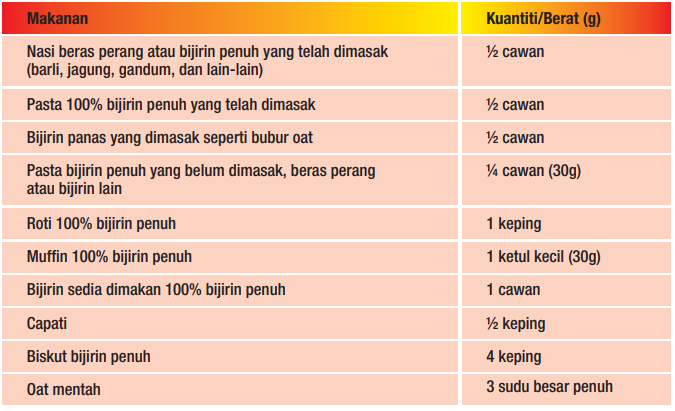
Mesej Utama 4: Makan Hidangan Tidak Bergoreng dan Tanpa Santan Setiap Hari
Seterusnya, lauk -pauk di Malaysia begitu sinonim sekali dengan jenis lauk -pauk yang digoreng menggunakan minyak yang sangat banyak iaitu menggunakan kaedah ‘deep -frying’. Makanan bergoreng dengan minyak banyak yang digunakan secara berulang – ulang dan makanan yang mengandungi jumlah santan yang tinggi boleh meningkatkan masalah kesihatan seperti masalah jantung, darah tinggi, kolesterol dan kanser.
Justeru, pengambilan makanan dengan cara masakan dengan kandungan santan yang tinggi seperti masak lemak, kari, gulai, dan masakkan bergoreng hendaklah dihadkan.
Cara mengantikan pengambilan minyak dan santan dalam masakan dan makanan:

Mesej Utama 5: Makan Makanan yang dimasak di Rumah Lebih Kerap
Makanan yang dibeli di luar secara amnya mempunyai kandungan gula, garam, sos, kicap, perasa, dan monosodium glutamate (MSG) yang tinggi, ia juga kebanyakannya menggunakan kaedah memasak yang kurang sihat iaitu dengan cara menggoreng dengan minyak yang banyak dan berulang- ulang.
Kandungan makanan yang tinggi garam, gula, sos, kicap, perasa dan MSG boleh menyebabkan tinggi risiko kepada masalah kesihatan seperti diabetes, dan juga darah tinggi.
Selain daripada itu, pengambilan makanan dari luar juga seringkali mempunyai saiz hidangan yang tidak mengikut spesifikasi suku – suku separuh, hal ini menyebabkan individu lebih cenderung untuk makan secara berlebihan dan mendapat lebih risiko untuk menjadi obes.
Cadangan hidangan harian di rumah:

Rujukan
- Kementerian Kesihatan Malaysia (KKM). Bahagian Pemakanan. Panduan Pinggan Sihat Malaysia. https://bit.ly/3HHHdU6




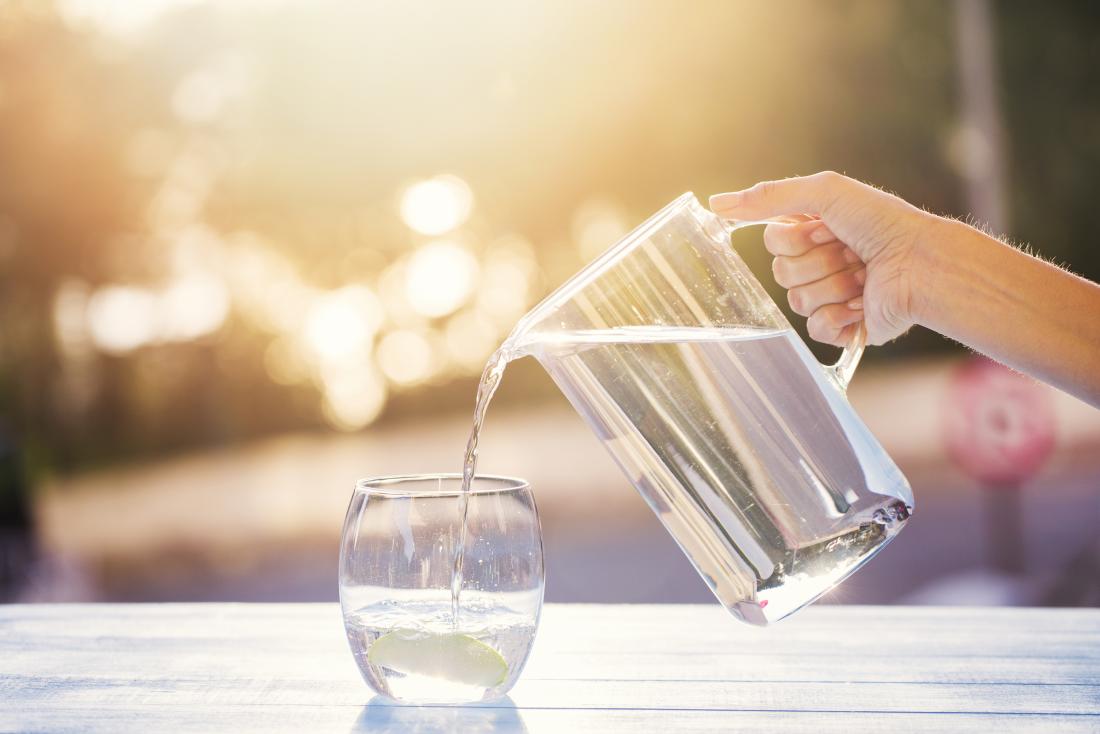



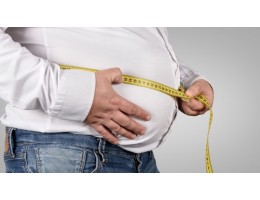
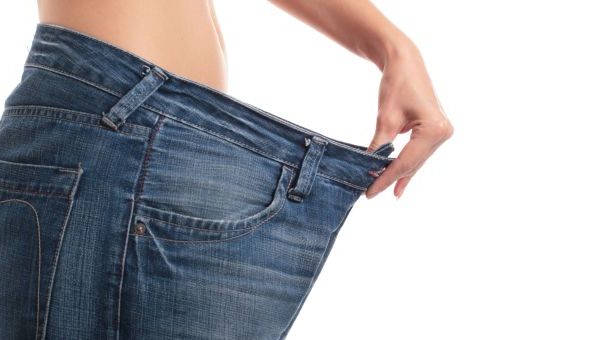

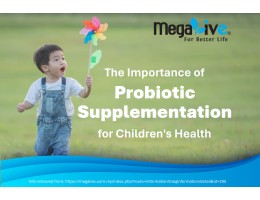
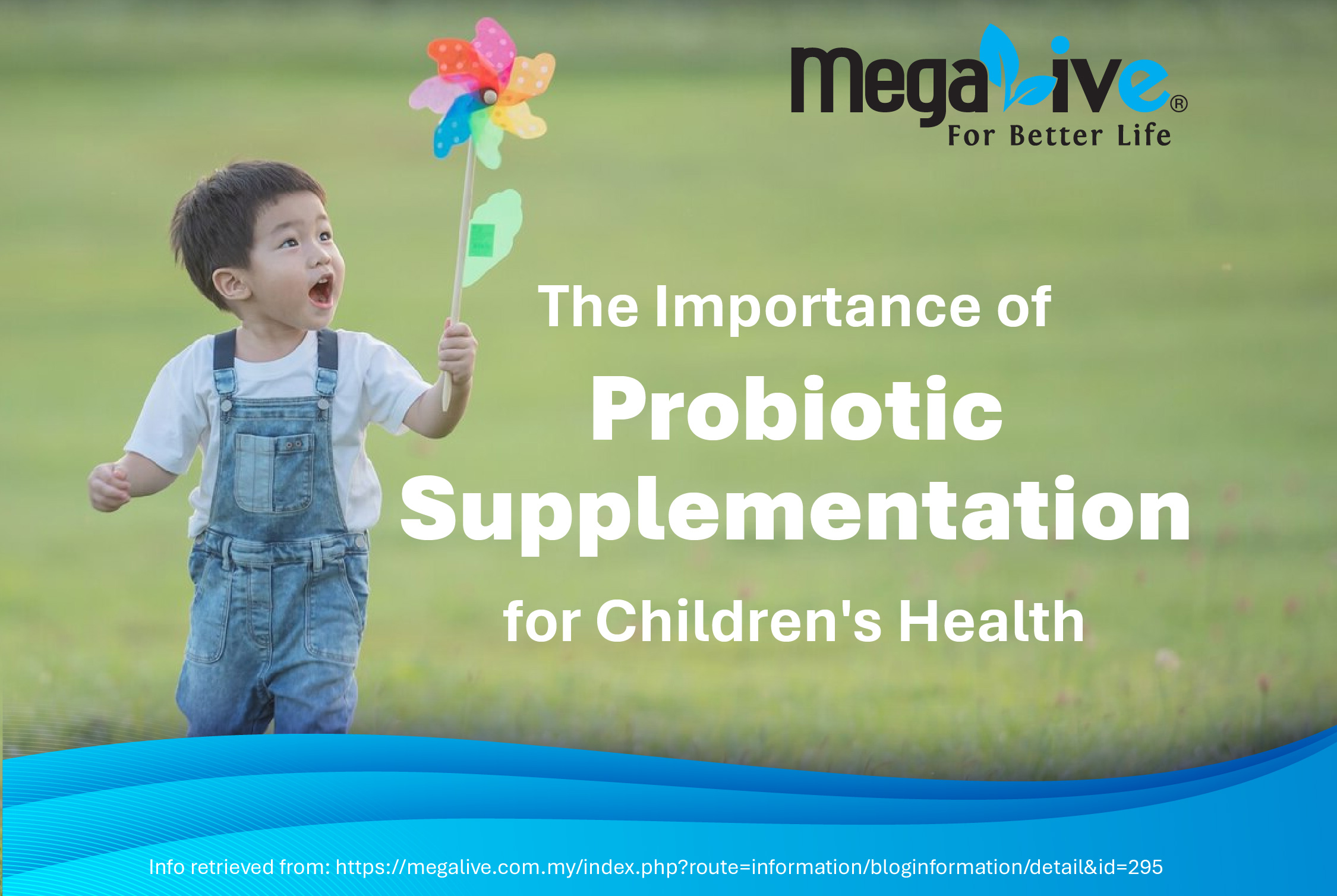

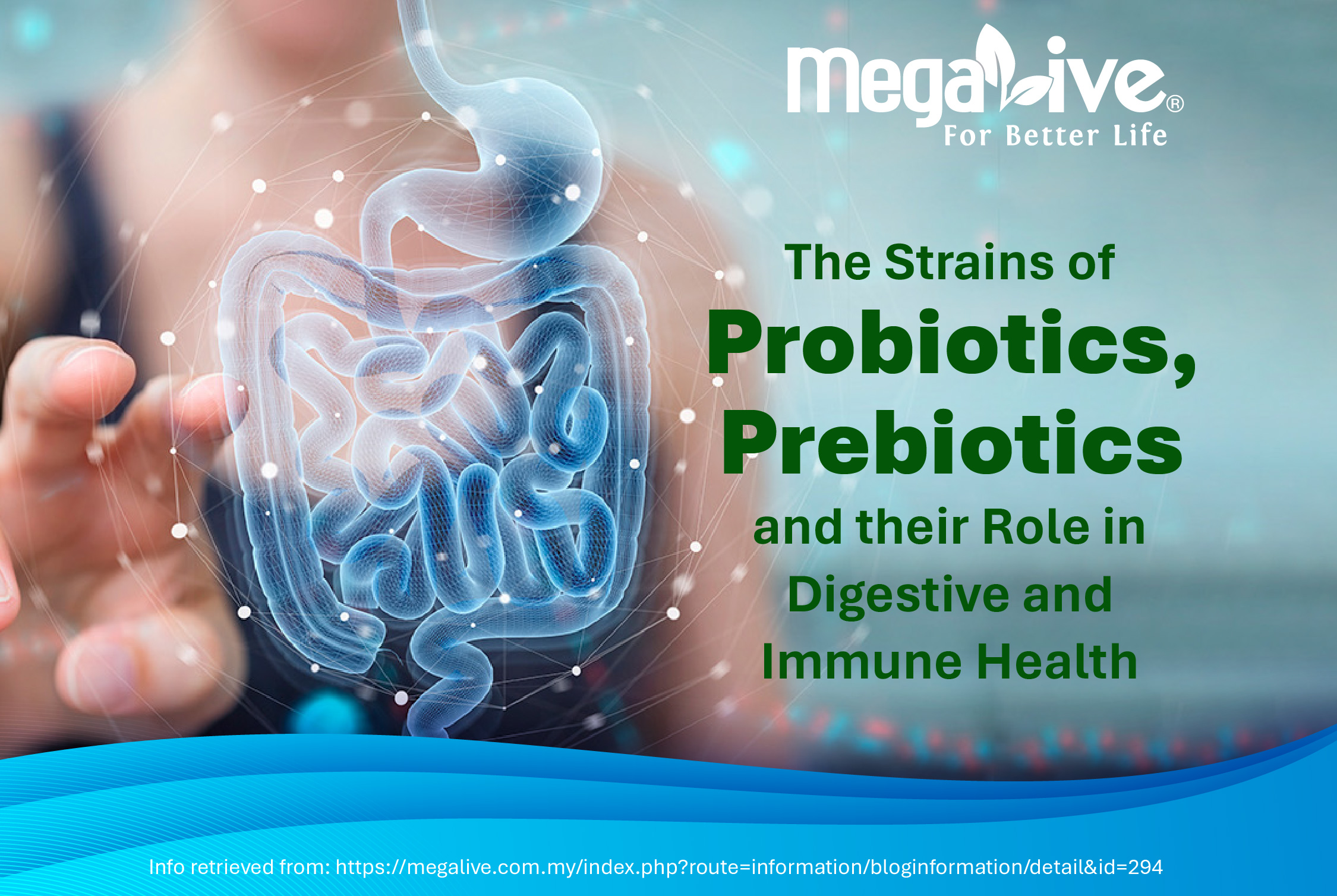

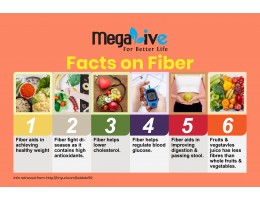

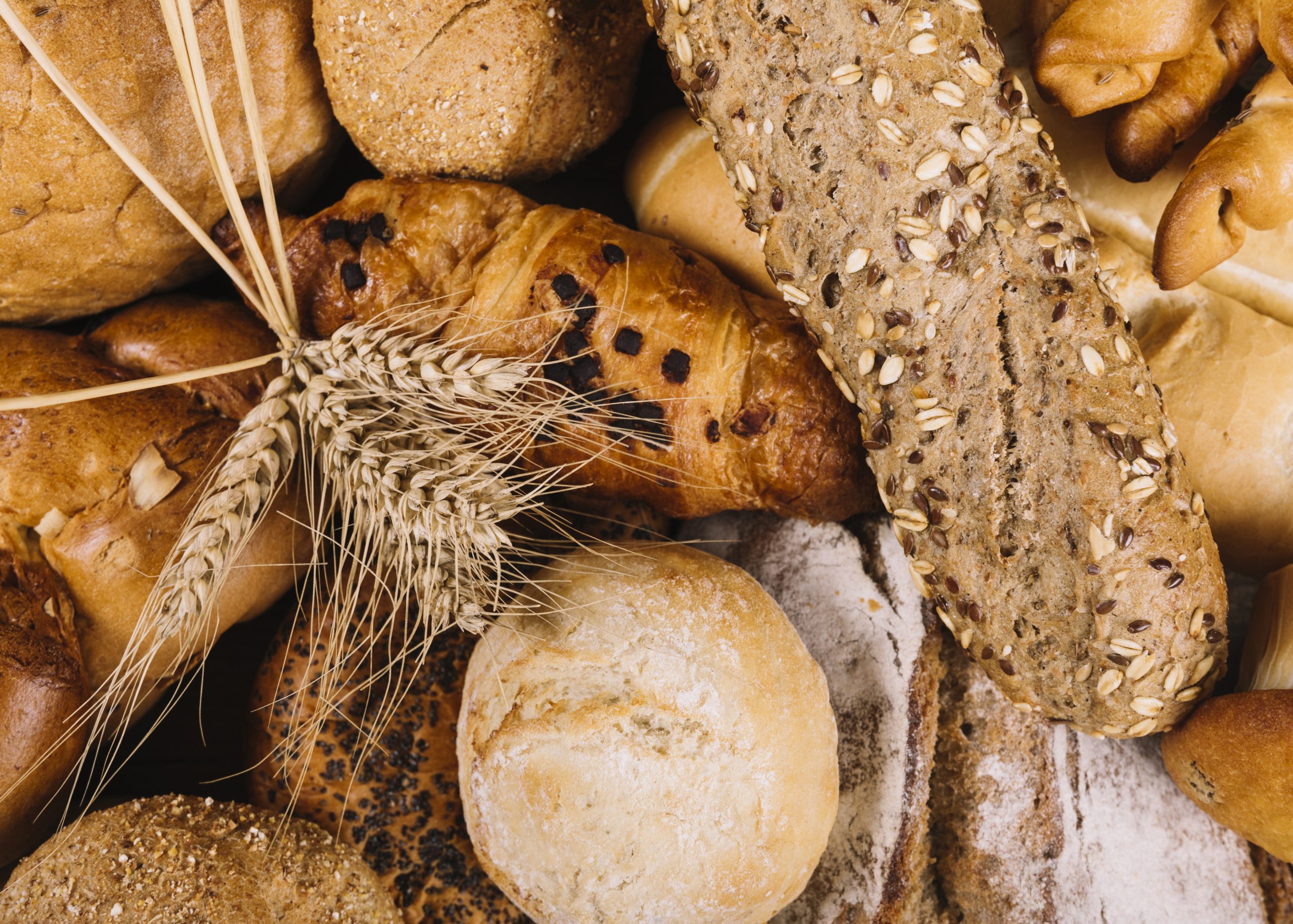




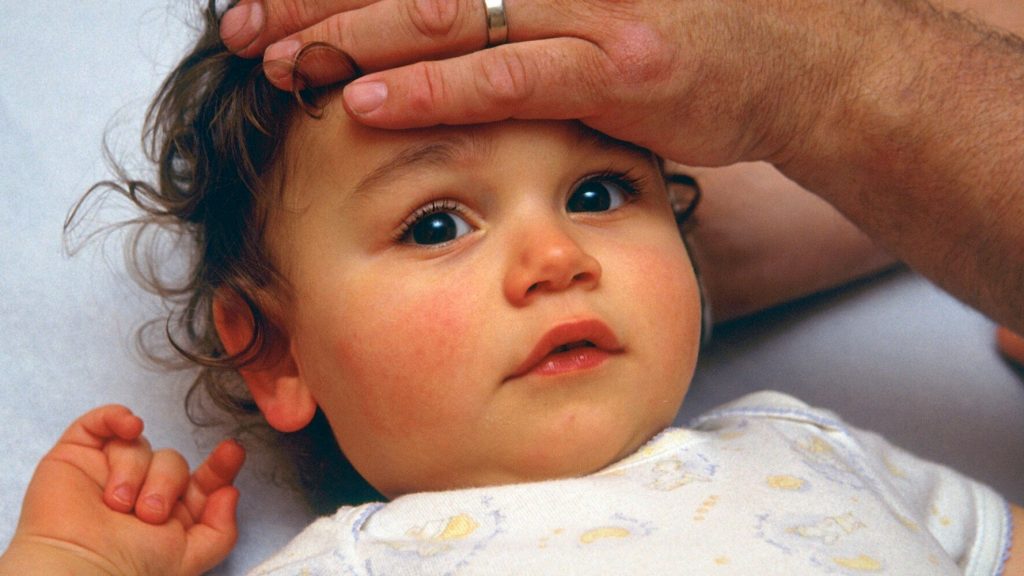


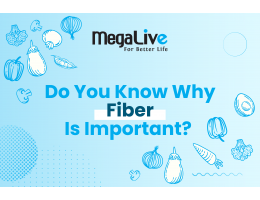
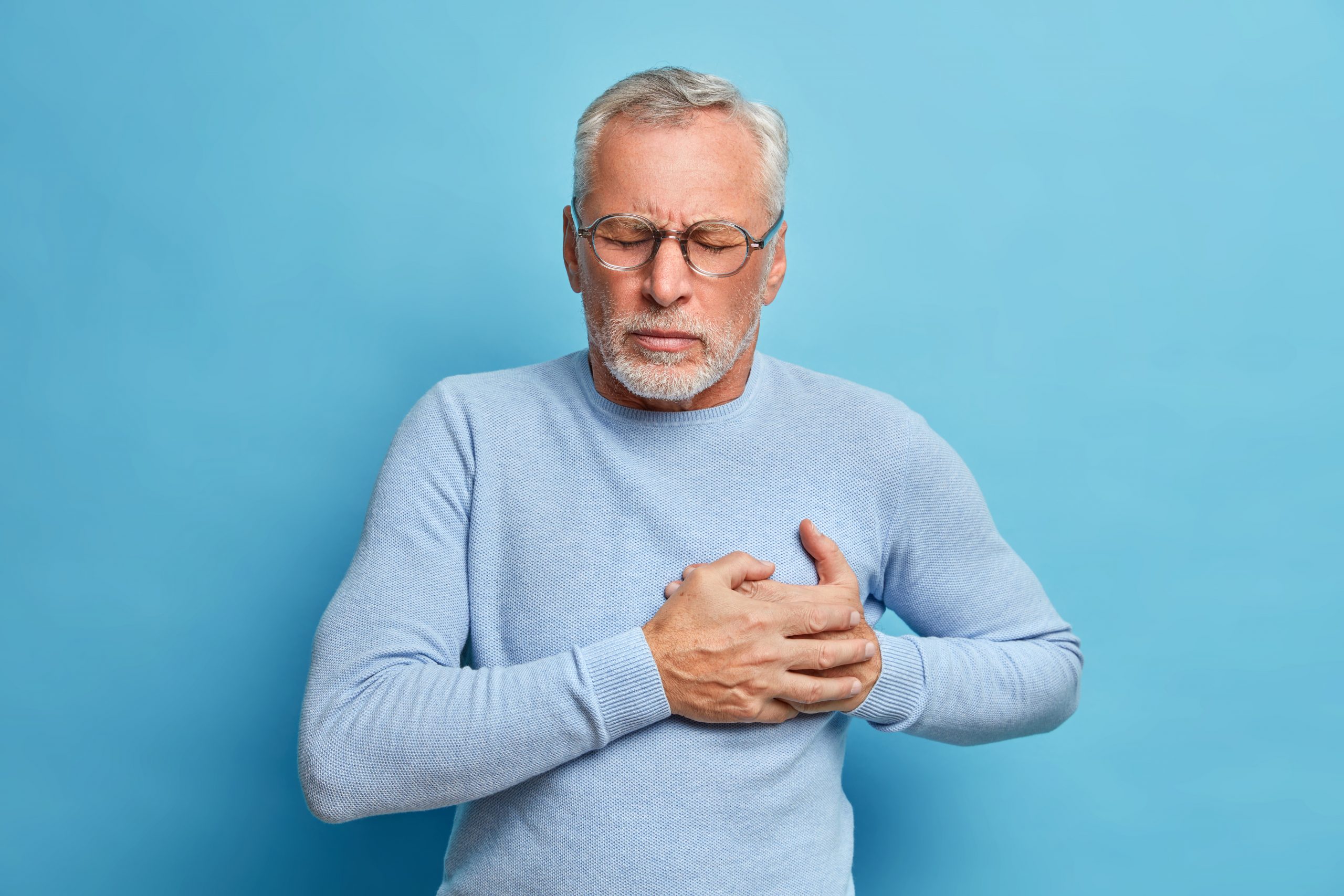

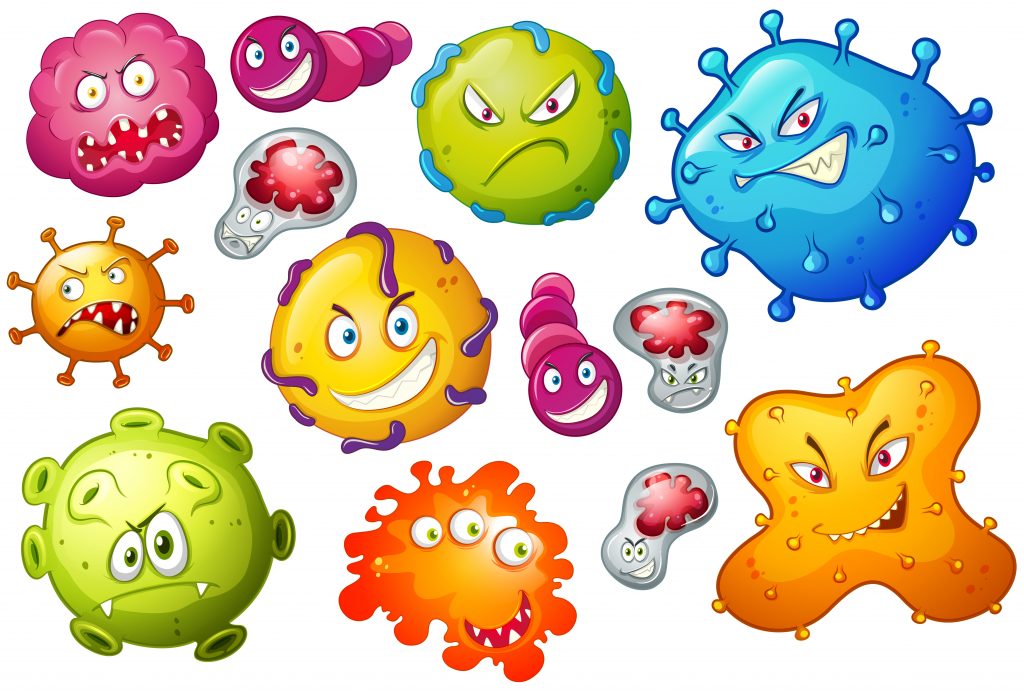
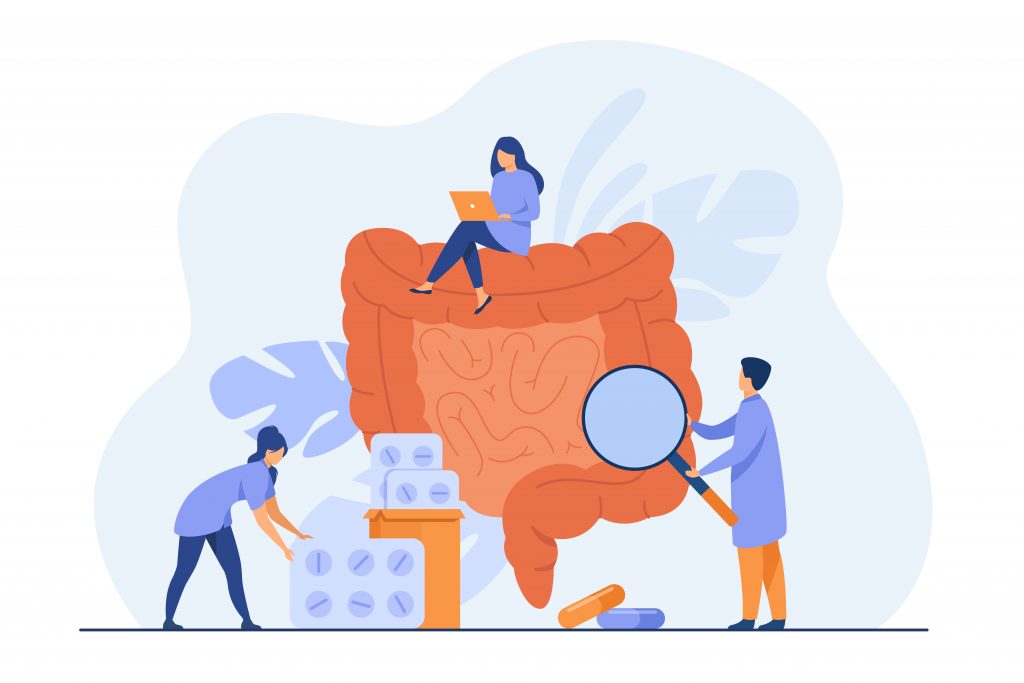



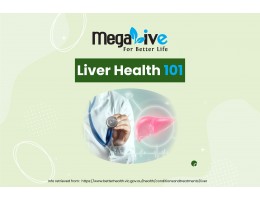
-260x200.jpg)
